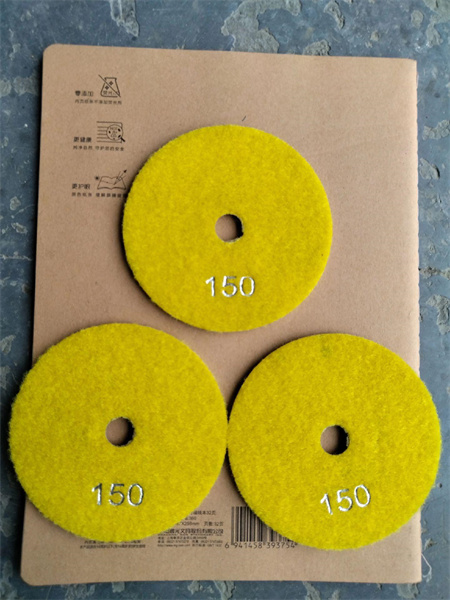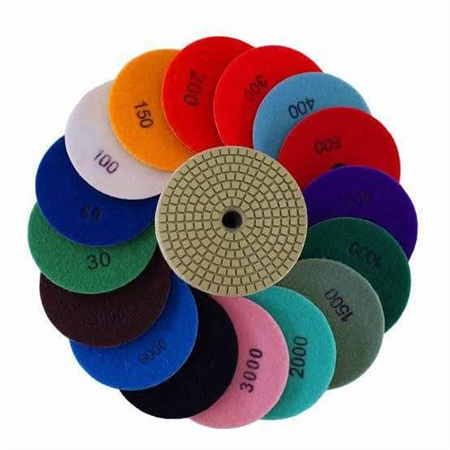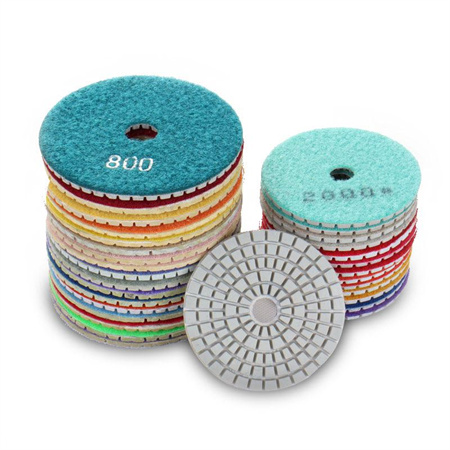How Grit Levels Affect Polishing Results for Different Surfaces
Polishing is an art, a delicate balance between the abrasive power of the material and the surface you’re working with. Whether you’re polishing a metal, wood, stone, or even glass, the grit level of your abrasive pad or compound plays a crucial role in determining the final outcome. Understanding how different grit levels impact polishing results is essential for achieving the desired finish on various surfaces.
To begin, grit refers to the size of the abrasive particles on a sanding pad, polishing cloth, or compound. The lower the grit number, the coarser the material; the higher the grit number, the finer and smoother the abrasive. But how exactly do these grit levels translate to results on different surfaces?

Wood presents a different challenge. Woodworkers usually begin with a coarser grit, like 80 or 100, to shape the wood and smooth out larger imperfections. However, unlike metal, wood has a grain that must be respected. Sanding against the grain can create scratches that are difficult to remove, so it’s vital to always sand in the direction of the grain, especially when working with rougher grits. After shaping the surface, a medium grit like 220 or 320 is used to refine the surface further. This is followed by finer grits, such as 400 to 600, which smooths the wood without damaging the natural texture. For the final finish, some professionals opt for ultra-fine grits like 800 to 1000, particularly if the wood will be stained or sealed, as it ensures a silky, even surface that will absorb finishes uniformly.
Polishing stone surfaces, like granite or marble, is a different beast altogether. Here, coarse grits (around 50 to 100) are used to remove deeper scratches and imperfections from the stone. As you move up in grit levels—say, to 200 or 400—you begin to refine the texture, removing any marks left by the coarse abrasives. Achieving that glossy, reflective shine on stone surfaces often requires using extremely fine grits, sometimes in the range of 3000 to 6000. The harder the stone, the more crucial it is to use the right grit sequence. If you skip a grit level or jump too quickly from coarse to fine, you risk leaving behind visible scratches or uneven surfaces. Polishing stone is a meticulous process, but with the right grit progression, the results are a luxurious, high-end look.
Finally, glass polishing is another discipline where grit plays a pivotal role. Glass is particularly susceptible to visible marks and scratches, so starting with a coarse grit—around 400—can help smooth out any deep scratches. As you move through grits, like 600 or 1200, the surface gradually becomes smoother. For the perfect, mirror-like clarity, finishing with ultra-fine grits, often around 3000 to 5000, helps restore the glass to its pristine condition. For certain applications, such as vehicle headlight restoration, or restoring mirrors, using diamond compounds with extremely fine grits is common practice. These are designed to gently polish the glass without creating further imperfections.

Whether you are polishing metal, wood, stone, or glass, selecting the right grit is the first step in achieving a flawless finish. Each surface demands a unique approach, but with the right combination of abrasives, polishing can elevate the appearance and longevity of any material. So next time you’re preparing to polish something, consider how the grit you choose can make or break your results. The finer the grit, the finer the finish—but it’s the proper sequence of grit levels that ultimately brings out the best in your project.
